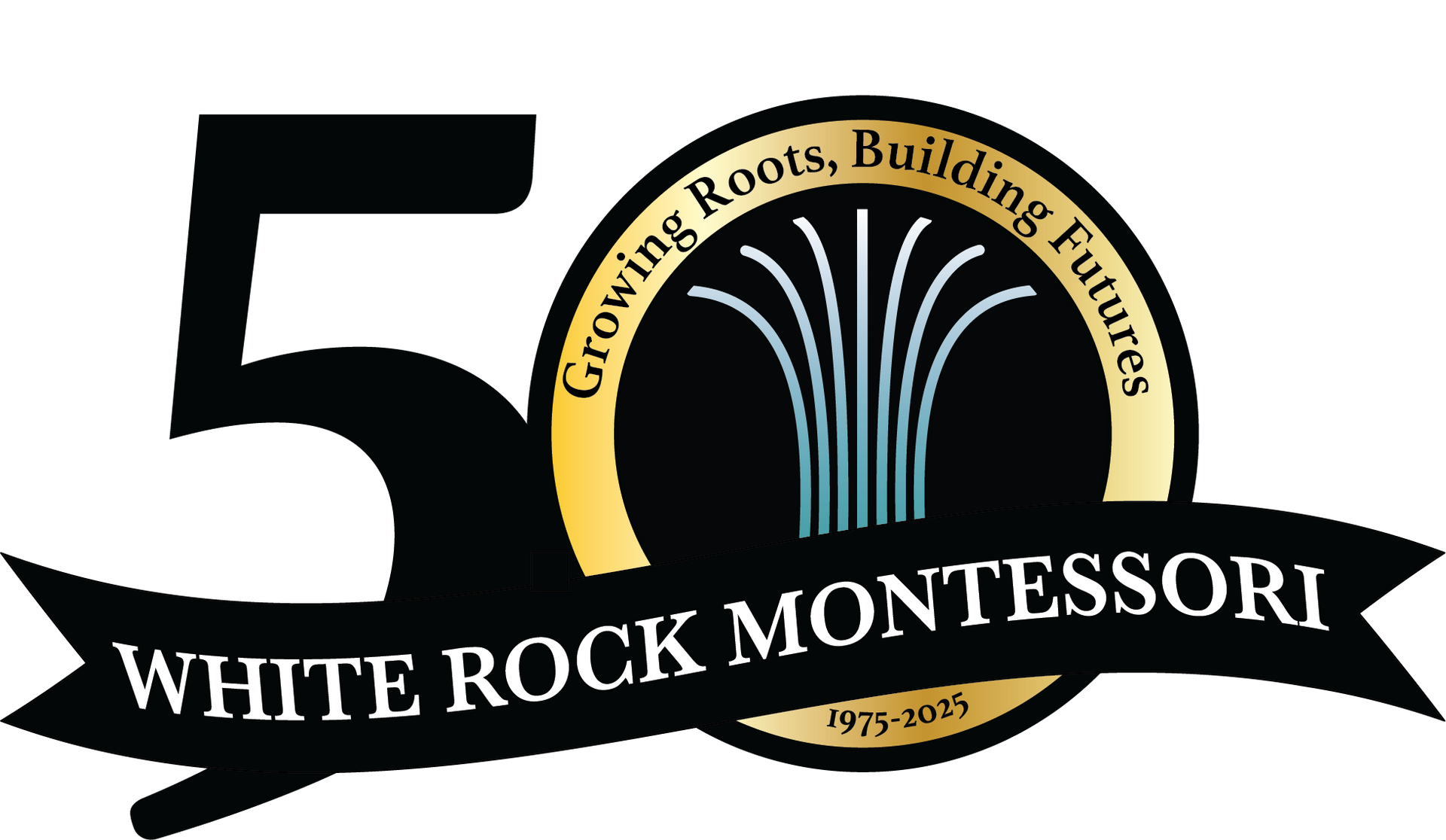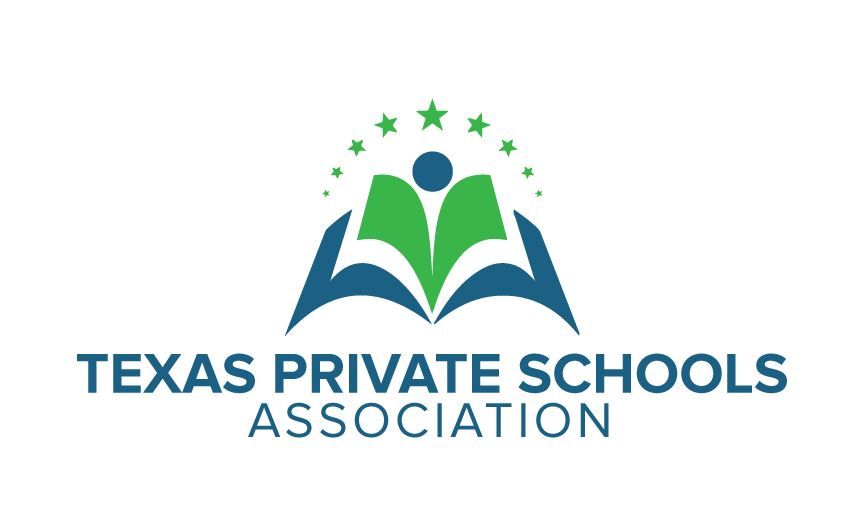Upper Elementary
9 - 12 years old

In the second half of the second plane of development, Upper Elementary students are beginning to enter the realm of formalized thinking. New concepts are still taught with concrete, manipulative materials, but students more quickly move away from the materials to work in the abstract.
The development of social skills and the ability to make a positive impact on the communities to which one belongs are critical to the education of the 9-12 child. Students grow towards a sense of investment both in their academic work as well as the work of creating a more positive world.
Because of their early immersion into academic subjects, students are ready to tackle concepts more frequently saved for later grades, such as pre-algebra, higher level Botany and Zoology, and writing formal research papers. Goal setting, time-management, and personal accountability skills are emphasized.
Characteristics
of WRM Upper Elementary Environments
One Upper Elementary classroom consisting of up to 50 students, ages 9-12 (correlating to 4th through 6th grades)
- The classroom is directed by up to four teachers, all of whom are degreed and Montessori-credentialed.
- The student/teacher ratio is 13:1
- Weekly classes with specialists in Music, Art, Gardening, Outdoor Education, Spanish, and Physical Education (twice a week)
- Regular outdoor play
- All students attend five days per week from 8:00 A.M. - 3:00 P.M.
- Students remain in the same classroom with the same teacher throughout their Upper Elementary years.
- Classes are self-paced and individualized
- Concrete, manipulative materials organized into the following curricular areas:
- Math
- Geometry
- Pre-algebra
- Language
- Research and Creative Writing
- Foreign Language (Spanish)
- Geography
- History
- Civics
- Science
Curriculum
Math
As the children continue to build on the concepts learned in Lower Elementary, they slowly shift away from hands-on manipulative materials towards abstract computation. Overall, the focus remains on understanding concepts before navigating operations.
Skills studied include whole number operations, fractions, factors, multiples, prime numbers, decimals, square roots and exponents, algebraic expressions, and reading and creating graphs. Students investigate the relationship between place values, data collection, interpretation and representation. Geometry study includes 2 and 3-dimensional shapes and area calculation, units of measurement and use of measuring tools.
Upper Elementary is also a time to apply problem-solving skills to real world situations as students venture into the community to put their classroom skills (such as computing costs, tabulating survey results and comparing graphic representations of data) to work.
Language
The transition to Upper Elementary is often described as progressing from learning to read to reading for pleasure. Children move beyond the basics and expand their understanding in the academic disciplines. Opportunities to read and learn span math, history, science and geography, with critical thinking skills, analysis, and evaluation as dominant modes of inquiry. Students begin to learn the varied ways in which we communicate in writing, anchored by the story of the evolution of language.
Students learn techniques for analyzing different literary genres, identifying parts of speech, types of sentences, and grammatical convention. They learn research techniques (note cards, outlines, use of graphic organizers, bibliographies) and apply them to research papers.
Culture
The Upper Elementary environment is rich with materials designed to spark a student's imagination and pique their interest in the world. Building on the formation of the universe and timeline of life, students begin to explore the history of humans from ancient civilizations to present day cultures. Cultural areas of study are divided into geography, history, and science. Students deepen their understanding of their place in the world physically, spatially, historically and in relation to the age of the universe and all that inhabits our earth. Interdependence and interrelatedness of all living things is studied through people, plants, animals, civilization, biome studies and geography.
Social Awareness and Peace Studies
Students take an active role in creating the rules that govern their classroom and work together to create group norms. The importance of their role in the community is shown through completing daily jobs to keep the environment clean and organized (practical life). Students discuss current events and look beyond the classroom to see how they can help others in the world around them through fundraising, letter writing campaigns, and volunteering.
Extended Curriculum
Extended Curriculum programming takes place each week that includes Art, Music, Outdoor Education/Gardening, Physical Education, and Spanish.
Assessments
Each student's progress is assessed both formally and informally throughout the year, with comprehensive progress reports provided twice a year. The progress reports detail the student's work habits, their academic strengths as well as their social, emotional, and physical development. Upper Elementary students take the Iowa Assessment every spring to practice standardized testing skills and serve as another information point in our assessment of the whole child.




